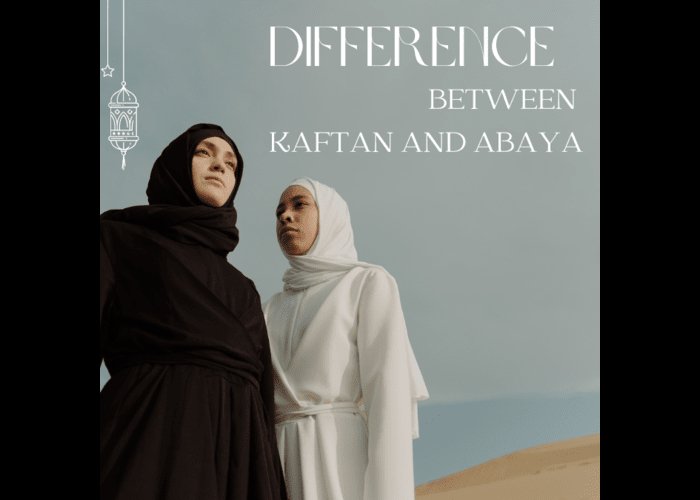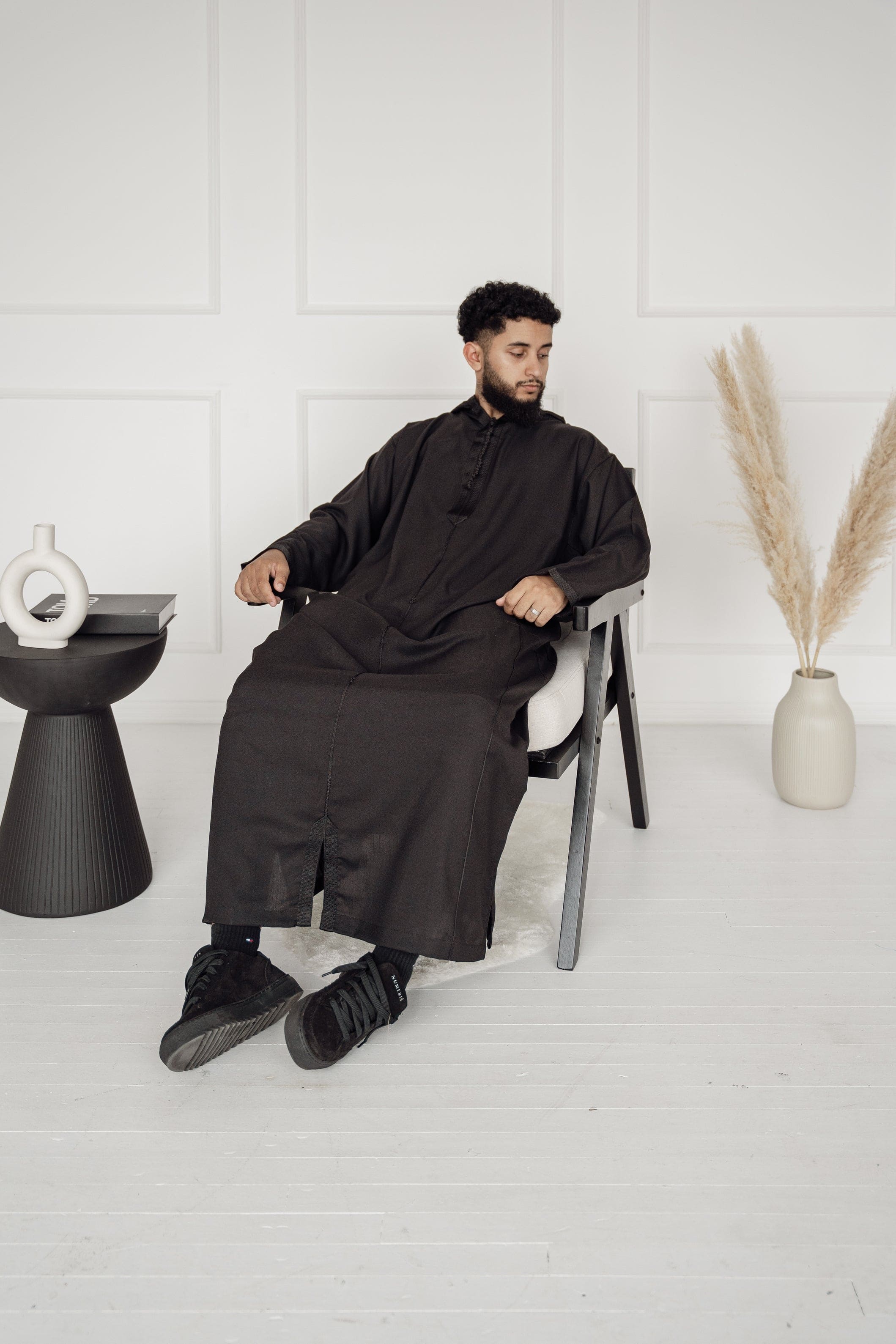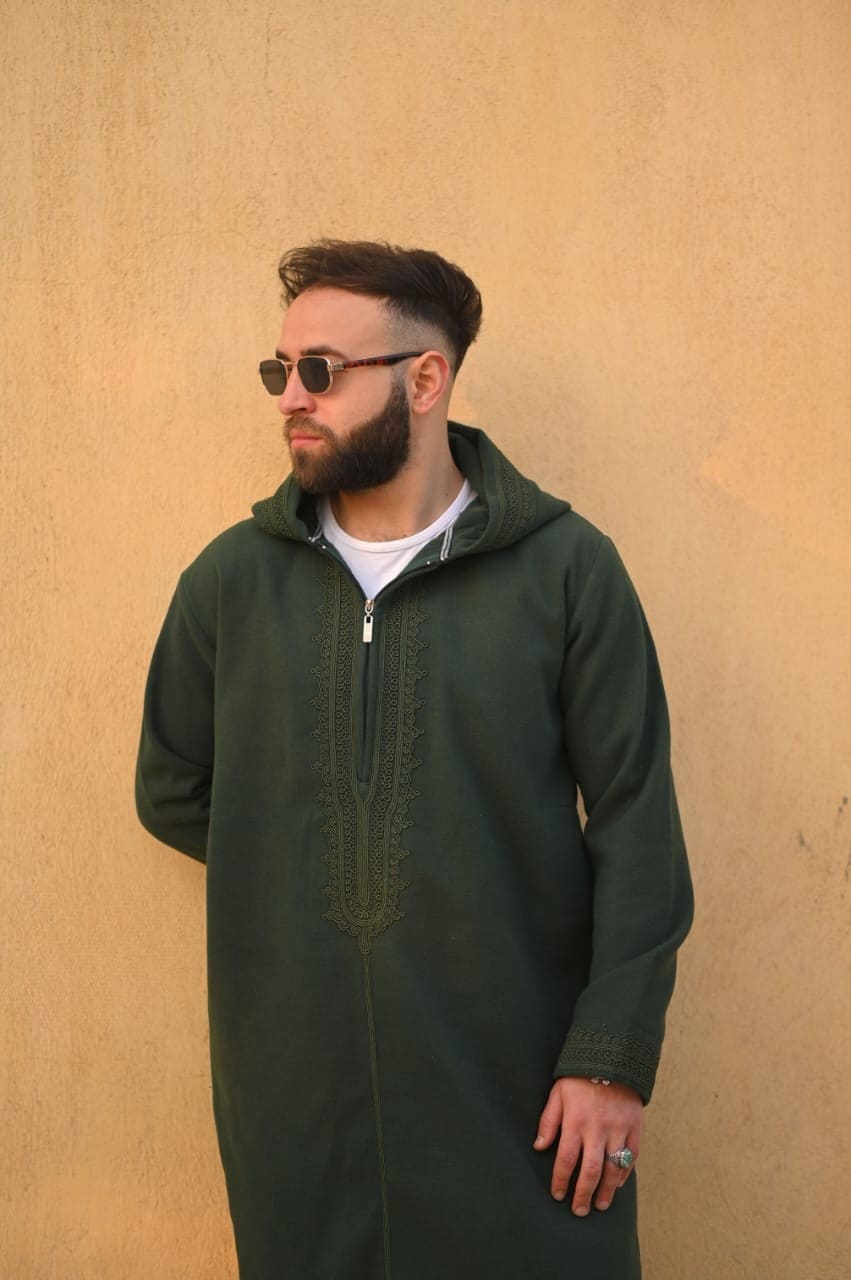Spotting the difference between abaya and kaftan is challenging because these modest attires resemble each other yet carry distinguishing features. Clothing is a tangible aspect that reflects the cultural heritage of a particular region or country. Muslims are known for many reasons, mainly their iconic dresses renowned for their captivating charm and elegance.
Keenly observing the difference between abaya and kaftan offers a unique insight into the sumptuous environment of the middle eastern and surrounding regions. However, the exact origins of them must be clarified. Historical backgrounds show that such long tunics date back to the ancient civilizations of Mesopotamia 4000 years ago.
Both of them are from exquisite origins and characteristics that set them apart. The limitlessness of the ever-evolving fashion industry cuts across geographical premises, and it empowers different individuals from different parts of the world to expand, connect, communicate, and socialize to promote cross-cultural exchange with their unique personalities and fashionable aesthetics.
Abaya: An Exceptional Display of Self-Effacement
An abaya is a cloak worn over regular outfits to envelop your body from shoulders to feet. It is paired with a headscarf that flourishes modesty even more and, sometimes, coupled with a veil to cover the face yet a slit that reveals your sparkling eyes.
Women of middle eastern regions primarily prefer abayas while going out anywhere so they can free themselves from the hassle of deciding on new outfits for every short regular trip or visit to places like grocery stores. This graceful fabric occupies a central place in the world of Islamic women. You can witness versatility through an array of countless styles, shades, and material choices that express the individualized feminine taste within cultural norms.
Kaftan: A Universal Majestic Tunic
Kaftans, or caftans, symbolize grandiosity and refinement. They have attained universal admiration by journeying through the ancient times of Persia and Mesopotamia. It used to be a male-dominant attire where the wealthiest wear it with elegance and grace, demonstrating riches, social status, and power. However, its popularity among women is swaying with countless options for embellishment with different colours and fabrics to be designed subtly for any occasion.
From North Africa to South Asia, the enticement of such robes is undeniable, which can be effortlessly subjected to seamless adaptation among women of different origins – all over the world.
A Dynamic Duo: Abaya and Kaftan Differences
The following distinguishing characteristics will let you delve into the landscape of enchantment by unravelling the unique cultural aspects and difference between kaftan and abaya.
-
Attire’s Purpose
The essential purpose of the abaya is to provide complete modesty and physical coverage. For women of the Muslim world, it is considered unethical to reveal their beauty to the unrelated opposite gender as it is a firm belief of the Islamic culture that women are meant to be protected in all aspects, like precious pearls hidden in shells. It is worn as a garment of choice over regular clothing for going out or participating in situations involving strangers, particularly men.
On the other hand, kaftans are unisex attires but differ in colours, patterns, fabric, and embellishments. The trend of wearing it among men has been diminished. However, those who still prefer this dress go for monochromatic and light hues that look sober yet graceful to be worn either casually or while attending formal ceremonies. While Women Kaftans are made in various colours in different patterns and coupled with additional accessories according to Eastern and Western modernization trends.
-
Cultural Diversity
Abaya is preferred clothing more from a religious perspective as compared to that of culture. It is designed concerning religious, cultural, and diversified influences and is not selected by non-Muslim women, which is their respectable decision.
In contrast, kaftans can be styles for everyone – the array of modifications is broader for women than men. Whether you belong to Eastern or Western culture, you can get customized kaftan dress from your favourite brands or shops. However, contact authentic sellers whose roots are deeply related to the middle east.
-
Voguish Integration
The advancement of fashion industries has reimagined the overall look of abayas, and are making consistent efforts to modify them according to the present times. Abayas used to be plain, but now they are seen embellished with glowing sprays, stones and laces of your choice with an array of colours and patterns. In addition, a hijab cap of light fabric is usually worn to cover the hair at all costs and to maximize your modesty in a headscarf. The internet is flooded with countless hijab styles with and without veils so that you can carry it most finely.
They are modified with modern sensibilities yet attaining the traditional enrichment of their aesthetics. Often accompanied with a sash to be worn either diagonally or on the waist, These dresses are stitched with both open and closed front styles, so you can pair them up with either slim-fit pants and t-shirts for a casual look or opt for bright or pastel-coloured kaftans with heavily embellished stones to attend a wedding – the choice is yours!
Conclusion:
The difference between abaya and kaftan has been summed up for you to choose a different dress. Both shall remain sturdy pillars of religious and traditional identity. Such outfits and many others are a reminder that styling a new dress isn’t just a trend to follow. Still, it is a canvas that illustrates historical perspectives and demands a deep understanding to promote cultural appreciation.
Before packing up your bags to visit middle eastern countries, don’t forget to shop a wide variety of abayas, thobes, and Moroccan kaftan collection exclusively available for you in New Arabia. Our representatives look forward to giving you a detailed tour and guidance on the main difference between abaya and kaftan so you can blend among the natives and enjoy being a true Arabian in vogue!



